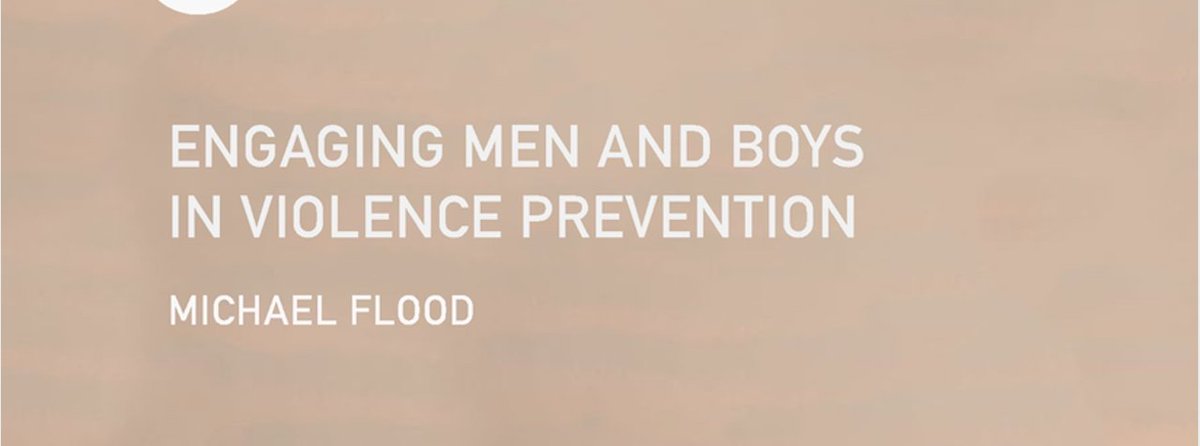Shore School scandal: More thoughts. The planned tasks for the Year 12 boys’ ‘muck-up day’ included potential sexual assaults and sexual humiliations of girls and women. Coercive and deceptive behaviour, that would cause real harm. 1/8
What’s the explanation? Hypermasculine and sexist peer cultures. Including a sense of entitlement and a ‘born to rule’ mentality. Tight group loyalties and the exclusion of others. Codes of silence and cover-up. 2/8
Sexist, harassing, and sexual coercive behaviour also has been visible in other all-male or male-dominated contexts: other boys’ schools, military university, sporting codes, all-male residential campus colleges, and workplaces. This stuff isn't 'bad apples', it's cultural. 3/8
There has been little research comparing social outcomes among boys in single-sex and mixed-school schools. But there’s good evidence that patriarchal peer cultures among boys, in either type of school feed into sexual harassment and violence against girls (and between boys). 4/8
These boys’ attitudes and behaviours are sustained by *wider social norms and inequalities*. Large proportions of young men endorse the ideas that men should be dominant in relationships, men should use violence to get respect, and women often say ‘no’ when they mean ‘yes’. 5/8 

These young men are showing risk factors for perpetrating rape, sexual assault, and sexual harassment. Young men aged 15-19 are the most common age group to perpetrate sexual violence. The attitudes and behavours on display here comprise, or feed into, sexual assault. 6/8
Among adult men who rape and assault women, a key predictor is having done this in their teens. Three-quarters of adult men who have ever committed rape first perpetrated sexual violence as adolescents. Adult men who rape or harass women don’t come out of thin air… 7/8
Responses? 1) Hold these boys to account. Take such behaviours very seriously. Have strong policies and processes. 2) Implement intensive intervention into sexist peer cultures. 3) Education and communications campaigns. Here’s a free book on how: xyonline.net/content/new-bo… 8/8 

• • •
Missing some Tweet in this thread? You can try to
force a refresh





